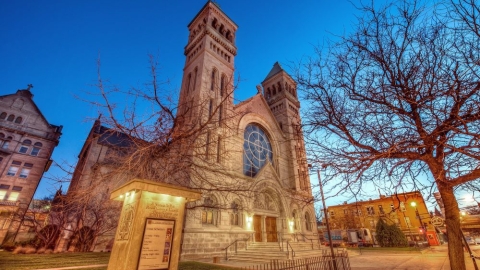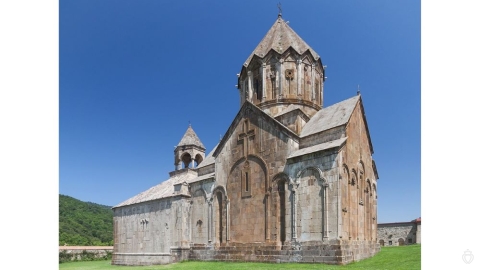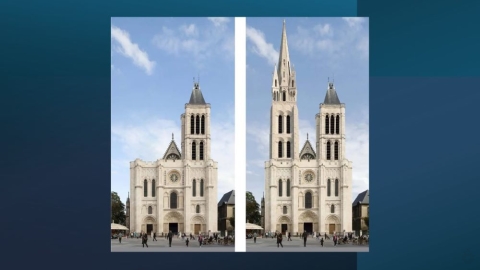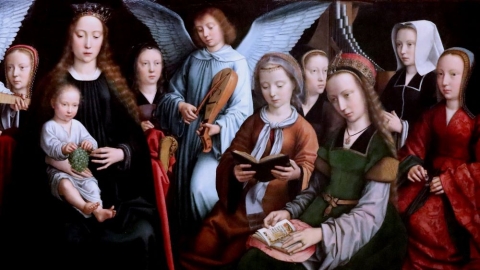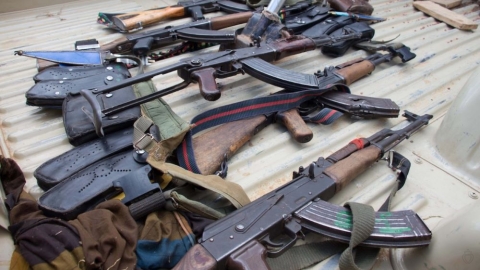Switzerland: The Jewel of Valère's Rood Screen

In the canton of Valais, the castle of Valère, which takes its name from the mother of one of the local Roman prefects, overlooks the city of Sion at an altitude of 621m, and houses within it the fortified basilica of Valère.
This castle is mainly composed of a fortified basilica and civil buildings, along with former outbuildings of the canons of the cathedral chapter, who resided there until the Revolution. The Valais History Museum is located there, founded in 1883 and renovated in 2008.
Notre-Dame de Valère Cathedral was built between the beginning of the 12th century and the first half of the 13th century, and raised to the rank of minor basilica by Jean-Paul II. Exterior and interior renovation works have just been completed, thirty years after their successive launches. The basilica preserves the oldest playable organ in the world, whose date is estimated to be around 1435, a rare rood screen from the 13th century, numerous painted decorations, and magnificent Baroque stalls.
Passing the door of the basilica, you can see a depiction of Calvary on the rood screen. The installation of the statues of the Virgin Mary, the apostle St. John, and the crucified Jesus dates from 1526. The year is mentioned at the foot of the cross. The features of the face of the Virgin depict a certain affliction and her gaze expresses desolation. On the other side of Calvary, the apostle John seems dismayed, and the half-closed eyes of Christ, almost rolled back, reflect extreme suffering. “It was a question of capturing the attention of the pilgrims who went up to Valère and seizing them,” indicates Maria Portmann, cantonal curator of the historical monuments of Valais. The characters, made on a human scale, are prostrate in pain.
On many points, this Calvary remains an enigma. Where are these statues from? Who made them? Why did they place this set in this place? “We do not have written or visual sources that allow us to answer these questions with certainty,” explains Maria Portmann. “The location suggests that it was to welcome pilgrims who went up to Valère, probably during Holy Week. One of the rare occasions for the faithful to enter the church. At the time, only the canons lived in Valère and had access to the cathedral chapter church.”
The depiction of Calvary may have been carved abroad: “The style does not correspond to anything that was done in Valais at the time. The work is much finer. The folds of the clothes carved in wood in one piece, the floral motifs applied to the clothes require great care and special attention that was not found in Valais. We rather lean towards the north of the Alps, Germany or Austria (as opposed to the south of the Alps, in Italian art) for the sobriety of the shapes and features of the characters and the hair sculpted in ringlets, typical of what is found in these countries.
“The whole is in an exceptional state of preservation. The cleaning and dust removal of the Calvary in 2021 and 2022 has restored its original state.”
(Sources : cath.ch/musees valais – DICI n°425, octobre 2022)
Image : Christian David, CC BY-SA 4.0, via Wikimedia Commons

















